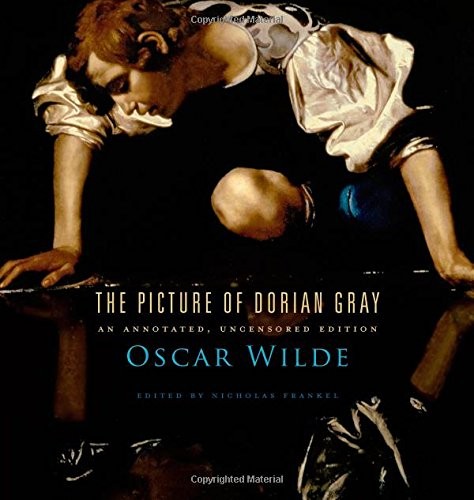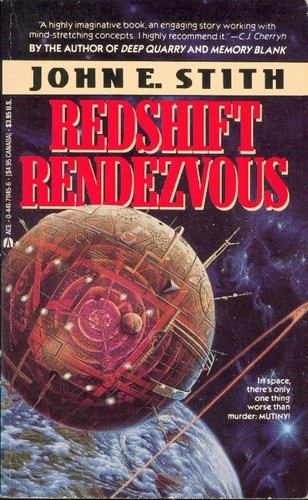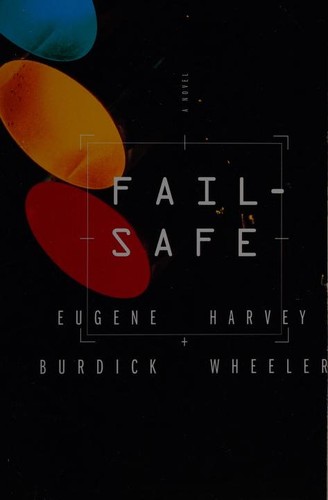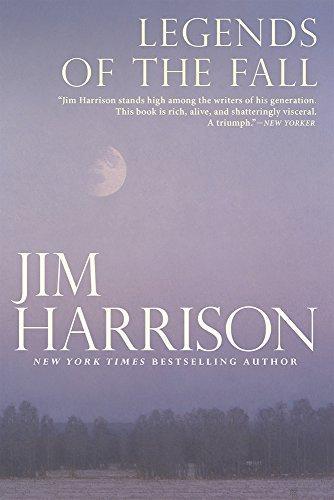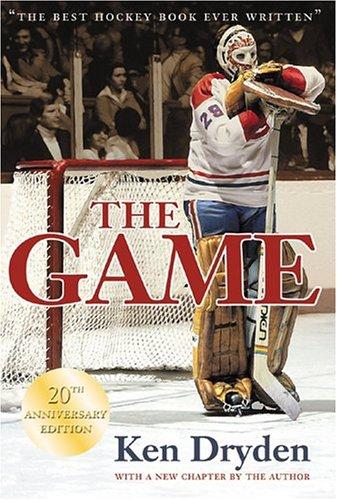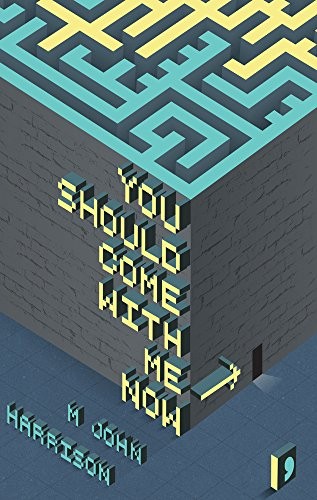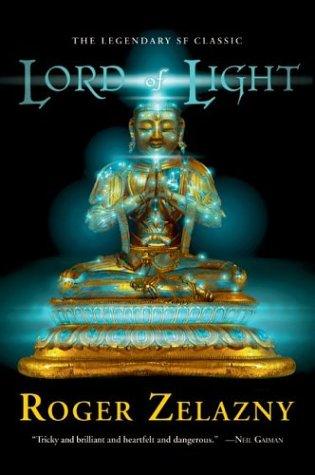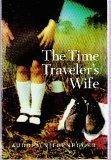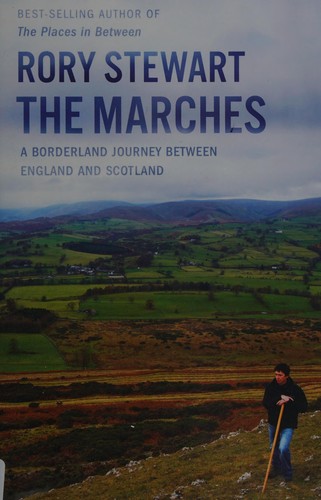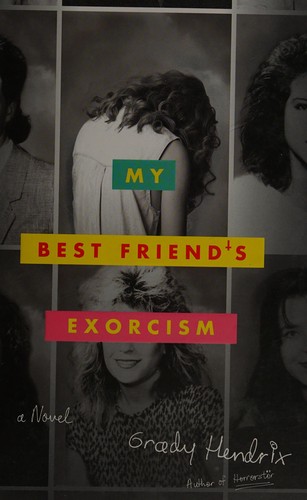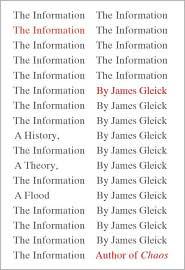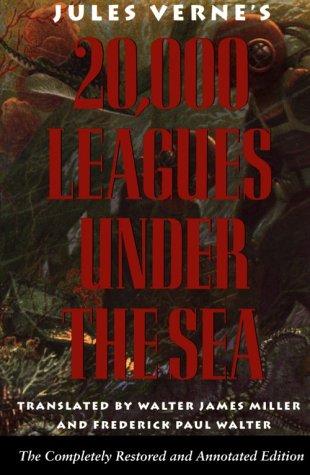Review of 'The Picture of Dorian Gray: An Annotated, Uncensored Edition' on 'Goodreads'
3 stars
Classic horror story, later used against Oscar Wilde in his prosecution. I read the annotated version, which added information and visuals to an already strong story, though the annotations also contained spoilers for those who don't know the full plot.
The most interesting of the annotations described the use of "magic-pictures" in late Victorian fiction. Others picture objects described in the text, and illustrations from later editions. An appendix describes the textual differences between versions, including changes made by editors at the time. The text is drawn from the original manuscript, and is thus "uncensored".
The story is a classic. Wilde's main characters are witty, quick with the bon mot, and occasionally quote other works by the author. The ending is abrupt, and yet satisfying.

